How to Create a Herb Spiral Garden
Creating a herb spiral garden is not just a fun project; it’s a fantastic way to bring a splash of nature into your life while enjoying the benefits of fresh herbs right at your fingertips. Imagine stepping into your backyard and being greeted by a fragrant array of basil, thyme, and mint, all thriving in a beautifully designed spiral. This article will guide you through the ins and outs of building your very own herb spiral garden, covering everything from the benefits of this unique gardening method to the essential materials you’ll need.
Herb spirals are a clever gardening technique that combines beauty and functionality. These vertical gardens are designed in a spiral shape, which allows for a variety of microclimates to develop within a small footprint. The spiral creates different levels of moisture and sunlight exposure, enabling you to grow a diverse range of herbs that thrive in various conditions. The benefits are numerous:
- Space Efficiency: Herb spirals make the most of limited garden space.
- Microclimates: Different sections of the spiral can support different types of plants.
- Water Management: The design promotes effective drainage and moisture retention.
This unique structure not only enhances plant growth but also adds a stunning focal point to your garden, making it a delightful place to relax and enjoy nature.
When it comes to selecting the perfect spot for your herb spiral, you’ll want to consider a few key factors. First and foremost, ensure that your chosen location receives ample sunlight—at least six hours a day is ideal for most herbs. Additionally, look for a site with good drainage; herbs don’t like to sit in waterlogged soil. Accessibility is also crucial; you’ll want to be able to reach your herbs easily for watering and harvesting. A flat or gently sloping area works best, as it will help with drainage and stability.
Now that you’ve got your location picked out, it’s time to gather the materials you’ll need to construct your herb spiral. Here’s a quick rundown:
| Material | Purpose |
|---|---|
| Stones or Bricks | To create the spiral structure. |
| Soil | A good mix of compost and topsoil for planting. |
| Mulch | To retain moisture and suppress weeds. |
| Herb Plants | Your chosen selection of herbs. |
With these materials in hand, you’re well on your way to building a thriving herb spiral garden!
A well-planned design is essential for a successful herb spiral. Start by sketching out your spiral on paper to visualize its size and layout. The dimensions can vary, but a common size is about 1 meter wide at the base and 1.5 meters tall at the peak. When arranging your plants, consider their growth habits and sunlight requirements. For instance, place taller herbs like sage and rosemary at the top, where they’ll receive the most sun, and shorter herbs like chives and parsley at the bottom. This arrangement not only looks great but also ensures that each plant gets the conditions it needs to thrive.
Building your herb spiral is a straightforward process. Follow these steps to create your garden:
- Mark out the spiral shape on the ground.
- Begin stacking stones or bricks to form the spiral wall.
- Fill the center with soil, gradually sloping it up to the top.
- Plant your chosen herbs according to your design.
Remember to check for stability as you build; a sturdy base will ensure your spiral lasts for years to come.
When it comes to selecting herbs for your spiral, the choices are vast! Some popular options include:
- Basil - loves warmth and sun.
- Thyme - drought-resistant and perfect for the top.
- Mint - grows well in moist areas, so place it lower.
Consider the growth requirements of each herb and how they can benefit from being planted together. Companion planting can boost productivity and flavor, so don’t hesitate to mix and match!
To keep your herb spiral thriving, regular maintenance is key. Water your herbs consistently, especially during dry spells. Pruning is also essential; regular trimming encourages bushier growth and prevents any one plant from taking over. Keep an eye out for pests and diseases, and use organic methods to control them when necessary. With a little care, your herb spiral will be a lush, productive oasis!
Knowing when and how to harvest your herbs is crucial for maximizing their flavor. Generally, the best time to harvest is in the morning after the dew has dried. Use sharp scissors to snip off the leaves or stems, being careful not to damage the plant. Fresh herbs can elevate your cooking, adding flavor to everything from salads to sauces. Consider drying or freezing excess herbs to enjoy their goodness long after the growing season ends!
Q: How much space do I need for a herb spiral?
A: A small garden area of about 1-2 square meters is usually sufficient.
Q: Can I grow herbs indoors?
A: Yes! You can create a mini herb spiral indoors using pots and a sunny windowsill.
Q: How often should I water my herb spiral?
A: Watering depends on the climate, but aim for consistent moisture without waterlogging.
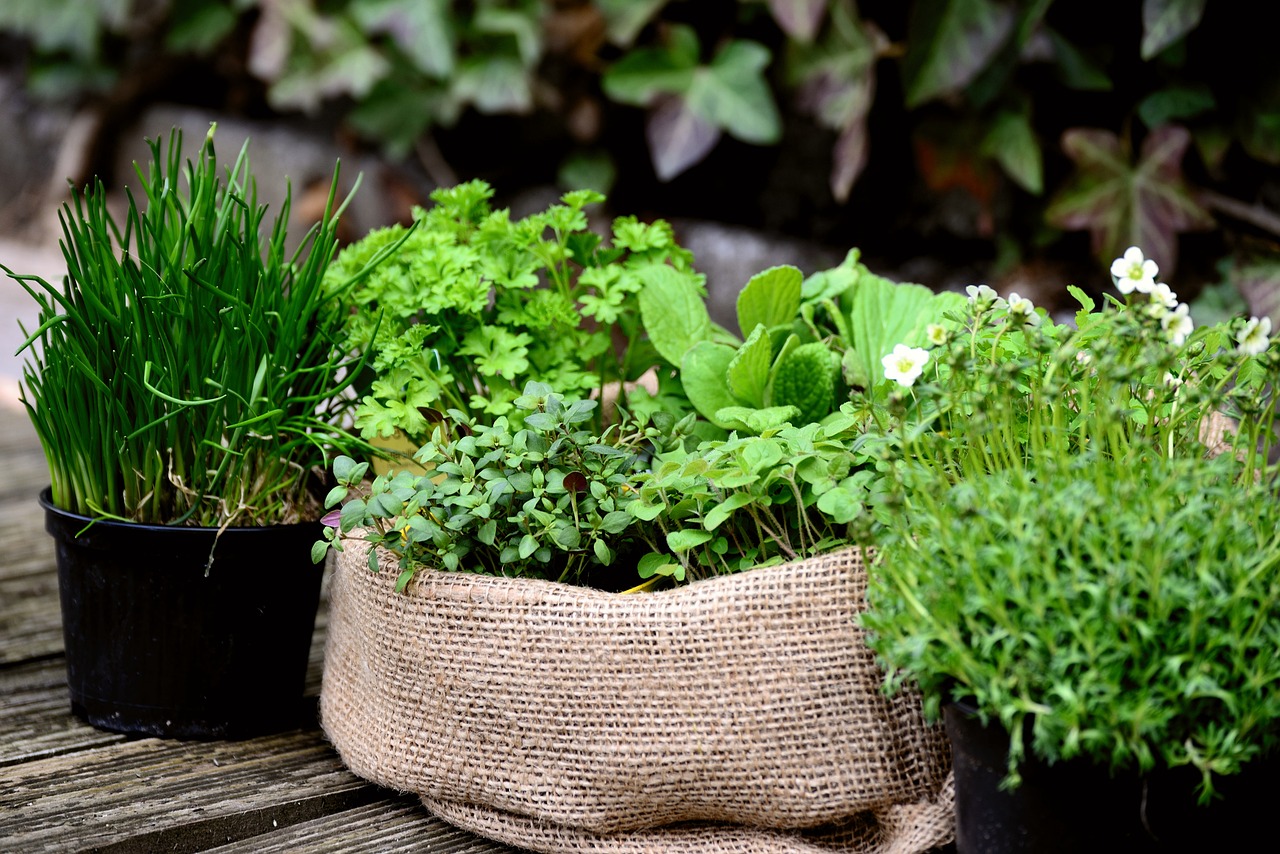
Understanding Herb Spirals
Herb spirals are not just a feast for the eyes; they are a brilliant way to maximize your gardening space while providing a thriving environment for your favorite herbs. Imagine a garden that spirals upward, creating various microclimates that cater to different plants' needs. This unique design takes advantage of vertical space, allowing you to grow a diverse range of herbs in a compact area. The spiral structure itself is often built with stones or bricks, forming a circular shape that rises in a cone-like fashion.
The benefits of herb spirals are numerous. First and foremost, they enhance plant growth by creating microclimates. The top of the spiral is typically sunnier and drier, perfect for Mediterranean herbs like rosemary and thyme, while the lower sections retain moisture, making them ideal for moisture-loving plants like mint and parsley. This vertical approach not only maximizes space but also encourages biodiversity, as different plants can thrive in their preferred conditions.
Moreover, herb spirals are incredibly efficient in terms of water usage. The design allows for better drainage and reduces the risk of overwatering, which is a common pitfall in traditional gardens. By incorporating a spiral garden into your landscape, you can also promote healthy soil and reduce the need for chemical fertilizers. The natural decomposition of plant material and the diverse root systems work together to create a rich, fertile environment.
In addition to their practical benefits, herb spirals are visually stunning. They can serve as a focal point in your garden, adding height and interest. You can personalize your spiral with various stones and plants, creating a unique masterpiece that reflects your style. Imagine walking through your garden and being greeted by the vibrant colors and aromatic scents of fresh herbs, all neatly arranged in a spiraling design.
In summary, understanding herb spirals is about more than just gardening; it's about creating a sustainable and beautiful environment that nourishes both body and soul. Whether you're a seasoned gardener or a curious beginner, herb spirals offer a fantastic way to engage with nature while enjoying the practical benefits of fresh herbs at your fingertips.

Choosing the Right Location
Choosing the right location for your herb spiral garden is like setting the stage for a grand performance; it can make all the difference in how your plants thrive. First and foremost, consider the amount of sunlight your chosen spot receives. Most herbs love the sun, so aim for a location that gets at least 6 to 8 hours of direct sunlight each day. Think of your herbs as sunbathers soaking up rays—without enough light, they’ll just get grumpy and won’t produce the vibrant flavors you desire.
Next, let’s talk about drainage. Herbs generally prefer well-drained soil, as they can be quite sensitive to soggy conditions. If the area tends to retain water after heavy rains, you might want to consider elevating your spiral or adding some drainage materials, like gravel, at the base. Picture your herbs as little sponges; if they sit in water too long, they’ll start to rot instead of flourishing.
Accessibility is another crucial factor. You want your herb spiral to be easily reachable, allowing you to tend to your plants and harvest your fresh herbs without a hassle. Imagine stepping out your backdoor and being just a few steps away from a burst of aromatic goodness! Consider the proximity to your kitchen, too—having your herbs close at hand will make cooking with them much more convenient.
Additionally, observe how wind affects the area. If your site is exposed to strong winds, it might be wise to place your spiral near a natural windbreak, like a fence or a row of shrubs. This will protect your delicate herbs from being battered and bruised by gusty weather. Think of your herbs as dancers in a ballet; they need a stable environment to perform their best.
Lastly, take into account the soil quality. Conduct a simple soil test to check for pH levels and nutrient content. Herbs generally prefer slightly acidic to neutral soil (pH 6.0 to 7.0). If your soil is lacking, you can always amend it with compost or organic matter to boost its health. After all, a well-fed herb is a happy herb!
In summary, when choosing the right location for your herb spiral, keep these factors in mind:
- Sunlight: Ensure 6 to 8 hours of direct sunlight.
- Drainage: Opt for well-drained soil to prevent rot.
- Accessibility: Position your spiral close to your kitchen.
- Wind protection: Use natural barriers to shield your herbs.
- Soil quality: Test and amend soil as necessary.
By carefully considering these elements, you'll set the foundation for a thriving herb spiral garden that not only looks beautiful but also provides you with a bountiful harvest.
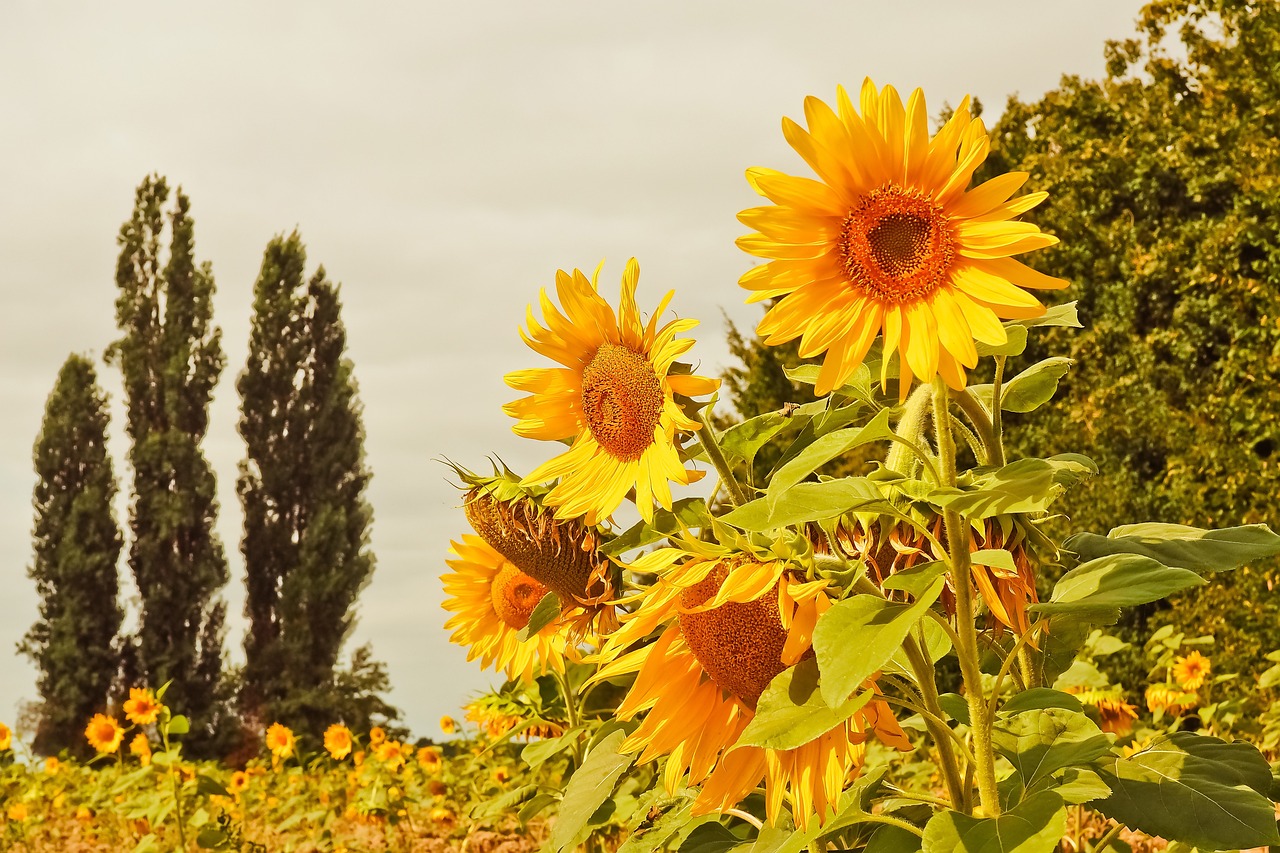
Materials Needed
Building a herb spiral garden is not only a rewarding project but also one that requires careful selection of materials. The right materials will ensure that your spiral is both stable and conducive to healthy plant growth. To start, you'll need a solid foundation. Typically, stones or bricks are used to create the spiral structure. These materials not only provide stability but also help retain heat, which is beneficial for the herbs. Aim for a variety of sizes; larger stones can form the base, while smaller ones can be used to create the spiral's curves.
Next, you'll need quality soil. A mix of compost, topsoil, and well-rotted manure will provide the necessary nutrients for your herbs to thrive. It's crucial to ensure good drainage, so consider adding some gravel at the bottom of the spiral. This will prevent water from pooling and help maintain the health of your plants.
In addition to stones and soil, you'll want to gather a selection of herb plants. When choosing herbs, consider their growth habits and sunlight requirements. Some herbs, like basil and thyme, thrive in full sun, while others, such as mint, prefer partial shade. It's important to group these herbs according to their needs to maximize their growth potential. Here’s a quick reference table for popular herbs and their sunlight requirements:
| Herb | Sunlight Requirement |
|---|---|
| Basil | Full Sun |
| Thyme | Full Sun |
| Mint | Partial Shade |
| Parsley | Partial Shade |
| Cilantro | Full Sun |
Finally, don’t forget about the tools you'll need for construction. A shovel, a trowel, and a level are essential for digging and ensuring that your spiral is even. You might also want to have a watering can or hose handy for the initial planting and ongoing maintenance. With these materials gathered, you're well on your way to creating a stunning herb spiral garden that will not only beautify your space but also provide fresh herbs for your culinary adventures!
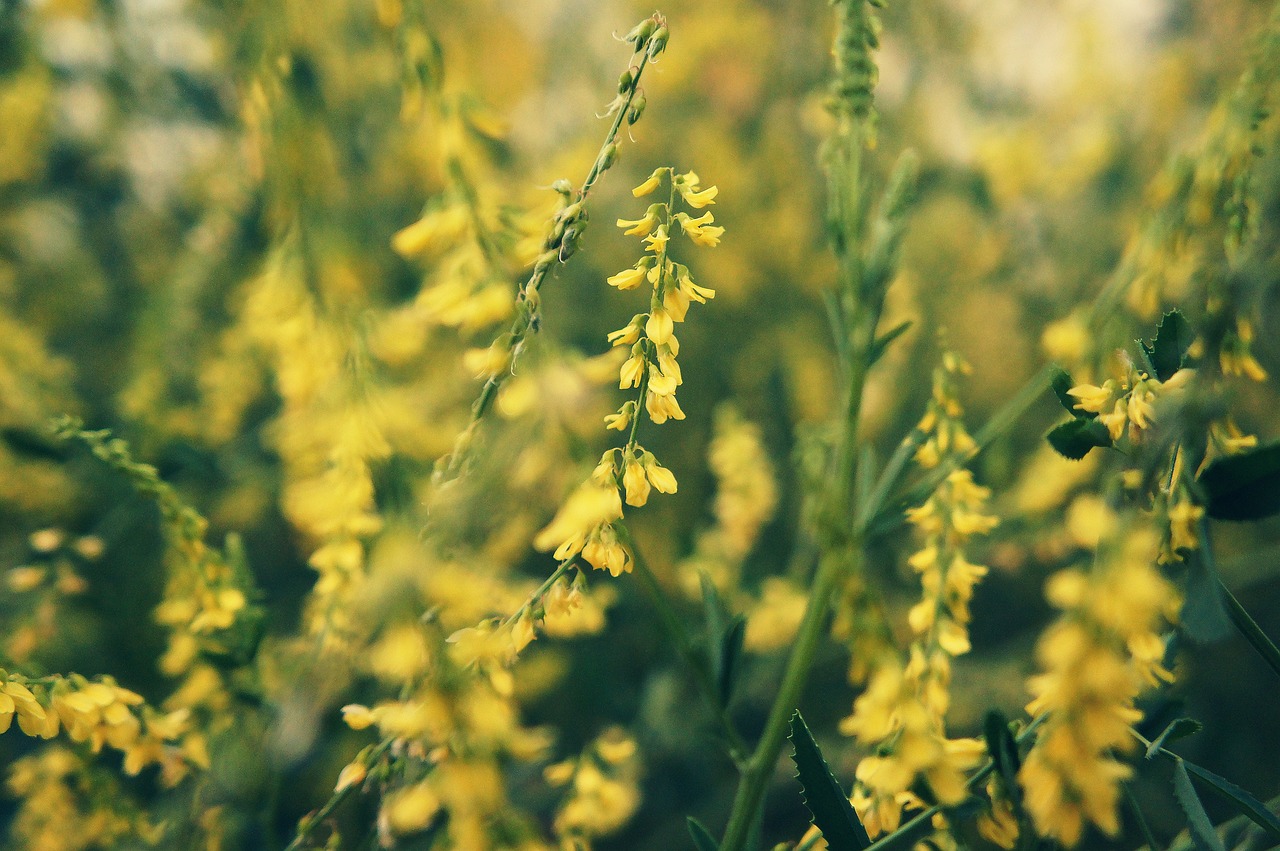
Designing Your Herb Spiral
Designing your herb spiral is like crafting a beautiful piece of art, where every curve and twist serves a purpose. The spiral's shape not only maximizes space but also creates various microclimates, allowing different herbs to thrive in their ideal conditions. When you think about the layout, consider how the sun moves across your garden. The south-facing side will receive the most sunlight, making it perfect for sun-loving herbs like basil and rosemary, while the north side can be ideal for shade-tolerant varieties such as mint and parsley.
Start by sketching out your design on paper. This will give you a visual representation of how your spiral will look and help you plan the dimensions. A typical herb spiral can range from 3 to 5 feet in diameter and can be built to a height of about 3 feet. However, feel free to adjust these dimensions based on your available space and personal preference. Remember, the beauty of a herb spiral lies in its unique design, so let your creativity flow!
Next, think about the materials you want to use. Stones are a popular choice for building the walls of the spiral, as they provide excellent drainage and create a natural aesthetic. You might want to use a mix of sizes to add texture and interest. If you prefer a more polished look, consider using bricks or recycled materials. Whichever you choose, ensure that they are sturdy enough to hold the soil and plants.
As you design your spiral, incorporate pathways for easy access. It’s essential to be able to reach your herbs without stepping into the garden bed, which could compact the soil and hinder growth. You can create paths using mulch, gravel, or stepping stones. This not only enhances accessibility but also adds an attractive element to your garden.
When arranging your herbs, think about their growth habits and water needs. For example, plant drought-resistant herbs at the top of the spiral, where drainage is best, and moisture-loving herbs at the base. This strategy not only promotes healthy growth but also ensures that your garden remains productive throughout the growing season. Additionally, consider companion planting—some herbs thrive better when planted together. For instance, basil pairs well with tomatoes, while rosemary can help deter pests from nearby plants.
Lastly, don’t forget to add decorative elements to your herb spiral. You can include edible flowers like nasturtiums or decorative stones that reflect your personality. These touches will make your herb spiral not only functional but also a stunning focal point in your garden.
- What herbs should I plant together in my spiral?
Consider companion planting; for example, basil, parsley, and chives thrive well together. - How much sunlight do herb spirals need?
Most herbs love sunlight, so aim for at least 6-8 hours of direct sun daily. - Can I use any type of stone for the spiral?
Yes, but ensure they are sturdy and allow for good drainage. - How often should I water my herb spiral?
Watering depends on the weather and the herbs' needs, but generally, check the soil moisture regularly.
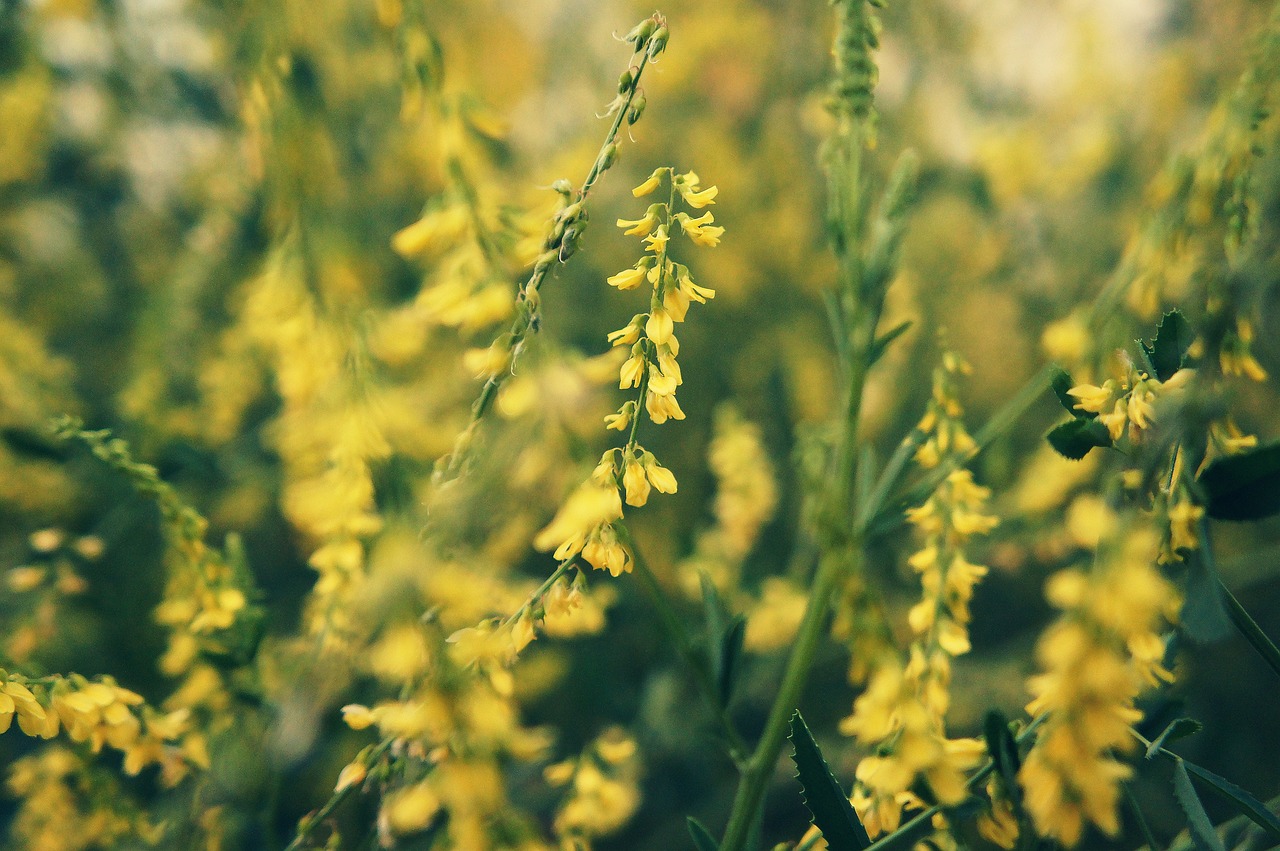
Construction Steps
Building your herb spiral garden is a rewarding project that not only beautifies your outdoor space but also provides you with fresh herbs at your fingertips. The construction process can be broken down into a series of manageable steps, ensuring that you create a sturdy and functional spiral that thrives for years to come. Let’s dive into the detailed steps you need to follow to construct your herb spiral.
First and foremost, you’ll want to gather your materials. This includes stones, bricks, or any other sturdy material you choose to use as the structure of your spiral. The base should be strong enough to support the weight of the soil and plants. Additionally, you’ll need high-quality soil, compost, and, of course, your chosen herbs. Make sure you have a good selection of herbs that will thrive in your climate and complement each other.
Once you have your materials, it’s time to choose a location. Look for a sunny spot in your yard that receives at least six hours of sunlight a day. Good drainage is essential, so avoid areas where water tends to pool. After selecting the perfect spot, it’s helpful to outline the shape of your spiral on the ground using a garden hose or string. This will give you a clear visual of how your spiral will look and help you plan the construction.
Next, start building the spiral from the center outwards. Begin by placing your stones in a circular shape, creating a small mound in the center. As you work your way outward, gradually increase the height of the spiral. The spiral should be about three feet tall at its highest point, tapering down as it spirals out. This height allows for a variety of microclimates, which is vital for the different herbs you’ll be planting.
As you construct the spiral, fill it with a mixture of soil and compost. This not only provides nutrients for your herbs but also ensures good drainage. Make sure to pack the soil firmly but not too tightly, as air pockets are necessary for root health. Once the spiral is fully constructed and filled with soil, it’s time to plant your herbs.
When planting, consider the needs of each herb. For instance, herbs that require more water, like mint, should be placed at the bottom of the spiral where it’s moister, while drought-resistant herbs, such as rosemary, should be planted at the top where it’s drier. This thoughtful arrangement will enhance the overall health of your garden.
After planting, water your herb spiral thoroughly to help the plants settle into their new home. Continue to monitor the moisture levels in your spiral, especially during the first few weeks as the plants establish their roots. With proper care and attention, your herb spiral will soon flourish, providing you with a bountiful harvest.
In summary, constructing a herb spiral involves careful planning, the right materials, and an understanding of your herbs' needs. By following these steps, you’ll create a vibrant and productive garden that not only looks stunning but also enriches your culinary adventures.
Here are some common questions regarding the construction and maintenance of herb spirals:
- How much space do I need for a herb spiral? Ideally, you should allocate at least a 4-foot diameter for the spiral to allow for adequate planting space and access.
- Can I build a herb spiral on a slope? Yes! Herb spirals can be built on slopes, making them an excellent option for maximizing space in uneven terrain.
- What herbs are best for a herb spiral? Some great options include basil, thyme, oregano, chives, and parsley. Choose herbs that have complementary growing conditions.
- How often should I water my herb spiral? Watering frequency will depend on your climate, but generally, a deep watering once a week is sufficient, adjusting as needed for rainfall.

Choosing the Right Herbs
When it comes to creating a thriving herb spiral garden, is absolutely essential. Think of your herb spiral as a mini ecosystem where each plant plays a unique role, contributing to the overall harmony and productivity of the garden. So, how do you pick the best herbs for your spiral? Well, let’s dive into the delightful world of herbs!
First off, consider the growing conditions of your spiral. Different herbs have varying needs when it comes to sunlight, water, and soil type. For instance, Mediterranean herbs like rosemary and thyme thrive in well-drained, sunny spots, while basil and mint prefer a bit more moisture and partial shade. By understanding these requirements, you can create a diverse and productive herb garden that flourishes.
Another important aspect is companion planting. Some herbs work harmoniously together, while others might not be the best roommates. For example, you might want to plant chives near carrots, as they can help deter pests. On the flip side, keep basil away from sage, as they don’t quite get along. Here’s a quick reference table to help you with companion planting:
| Herb | Good Companions | Poor Companions |
|---|---|---|
| Basil | Tomatoes, Peppers | Sage, Rue |
| Chives | Carrots, Tomatoes | Beans, Peas |
| Mint | Parsley, Cabbage | Thyme, Basil |
| Rosemary | Thyme, Sage | Mint, Basil |
Now, let’s talk about popular herbs that are perfect for your spiral. Here are a few must-haves:
- Parsley: A versatile herb that can be used in salads, soups, and garnishes.
- Oregano: Perfect for Italian dishes, this herb loves the sun and well-drained soil.
- Thyme: A hardy herb that pairs well with meats and roasted vegetables.
- Cilantro: Great for salsas and Asian dishes, but it bolts quickly in hot weather.
When selecting herbs, also think about how you plan to use them in your cooking. If you're a fan of Mediterranean cuisine, consider incorporating herbs like oregano, rosemary, and basil. If Asian dishes are more your style, cilantro and Thai basil will be your best friends. The key is to choose herbs that not only thrive in your specific conditions but also align with your culinary preferences.
Lastly, don’t forget to experiment! Gardening is a journey, and sometimes the best discoveries come from trying new things. You might find that an unexpected herb becomes your favorite addition to your meals. So, as you plan your herb spiral, let your creativity flow and enjoy the process of cultivating your own little patch of greenery.
In summary, choosing the right herbs for your spiral involves understanding their growing conditions, considering companion planting, selecting popular varieties, and aligning them with your cooking style. By following these guidelines, you’ll be well on your way to creating a vibrant and productive herb spiral garden that will provide you with fresh flavors all season long!
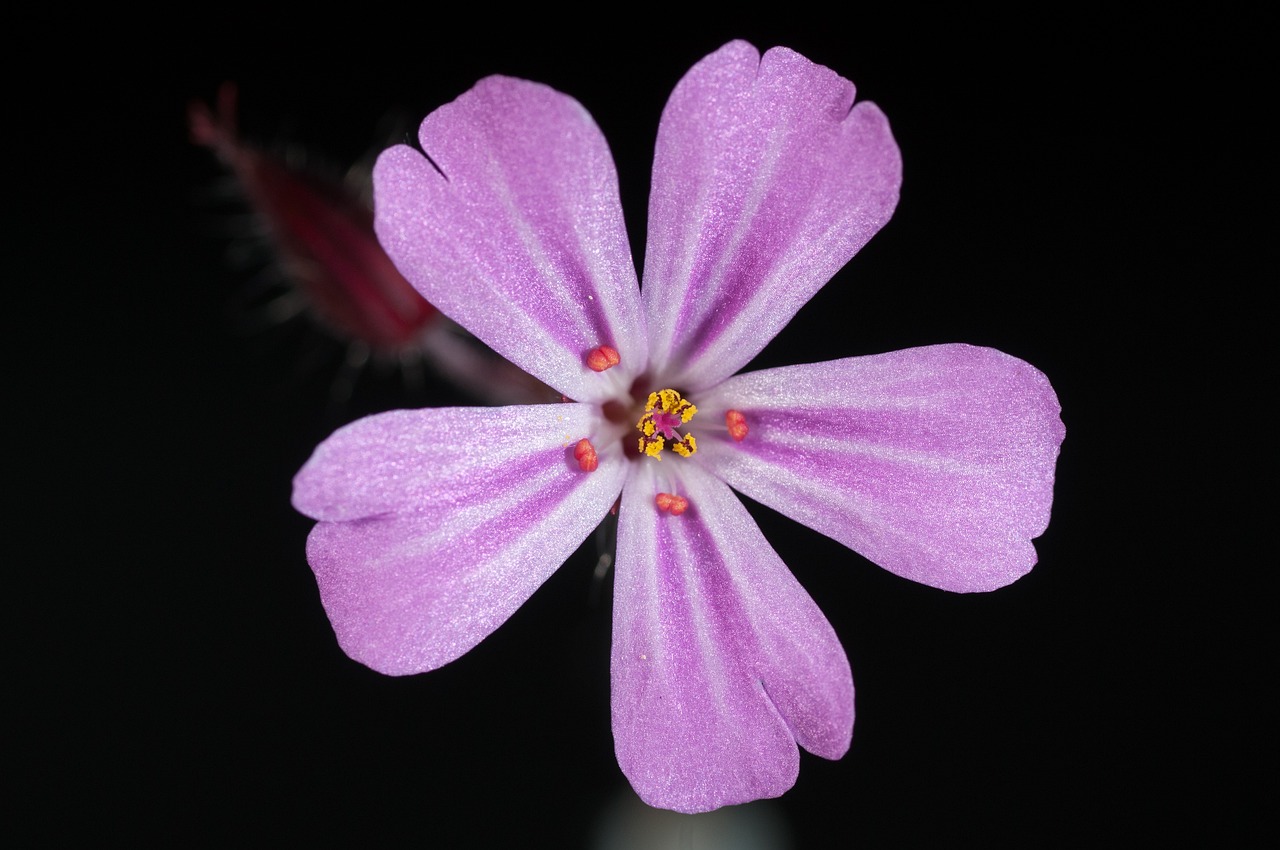
Maintenance Tips
Maintaining your herb spiral garden is crucial for ensuring that it thrives and continues to provide you with fresh, flavorful herbs. Just like a good relationship, your garden requires attention and care to flourish. Regular maintenance can prevent potential problems and enhance the overall health of your plants. One of the most important aspects of maintenance is watering. Since herb spirals have varying heights and microclimates, some plants may require more moisture than others. Generally, it’s best to keep the soil consistently moist but not waterlogged. A good practice is to check the soil moisture regularly by sticking your finger into the soil; if it feels dry an inch down, it's time to water.
Another key element is pruning. Regularly trimming your herbs not only encourages bushier growth but also prevents them from becoming leggy and overgrown. Aim to prune your herbs about once a month during the growing season. When harvesting, try to remove no more than one-third of the plant at a time; this will ensure that your herbs continue to grow strong and healthy. Additionally, removing any dead or yellowing leaves helps to keep your garden looking tidy and promotes better airflow, reducing the risk of disease.
Pest control is yet another vital part of maintenance. While herbs are generally resilient, they can attract pests like aphids or spider mites. A simple way to keep these pests at bay is to introduce beneficial insects, such as ladybugs or lacewings, that will help control the pest population naturally. If you notice an infestation, consider using a gentle soap spray to eliminate the pests without harming your plants. Always remember to check the undersides of the leaves, as pests often hide there.
To further enhance the health of your herb spiral, consider composting. Adding organic matter not only improves soil structure but also provides essential nutrients for your herbs. A layer of compost applied once or twice a year can do wonders for your plants. Additionally, mulching around your herbs helps retain moisture, suppress weeds, and regulate soil temperature. Use organic materials like straw, wood chips, or dried leaves for an effective mulch.
In summary, maintaining your herb spiral garden involves a combination of watering, pruning, pest control, and adding compost. By dedicating a little time each week to these tasks, you’ll create a thriving environment for your herbs to flourish. Just think of it as nurturing a living thing—your efforts will reward you with an abundance of fresh herbs that can elevate your culinary creations!
1. How often should I water my herb spiral?
It's best to check the soil moisture regularly. Water when the top inch of soil feels dry. The frequency will depend on your climate and the specific herbs you have.
2. Can I use chemical pesticides on my herb spiral?
It's advisable to avoid chemical pesticides, especially since you're growing herbs for culinary use. Opt for natural pest control methods like introducing beneficial insects or using soap sprays.
3. What should I do if my herbs are growing too tall?
Regular pruning will help manage the height of your herbs. Remove the top third of the plant to encourage bushier growth and prevent them from becoming leggy.
4. How do I know when to harvest my herbs?
You can start harvesting your herbs once they are established and have enough foliage to sustain growth. Look for mature leaves, and remember to harvest in the morning for the best flavor.
5. Can I grow herbs in a shady location?
Most herbs prefer full sun, but some like mint and parsley can tolerate partial shade. However, for optimal growth and flavor, aim for a location that receives at least 6 hours of sunlight daily.
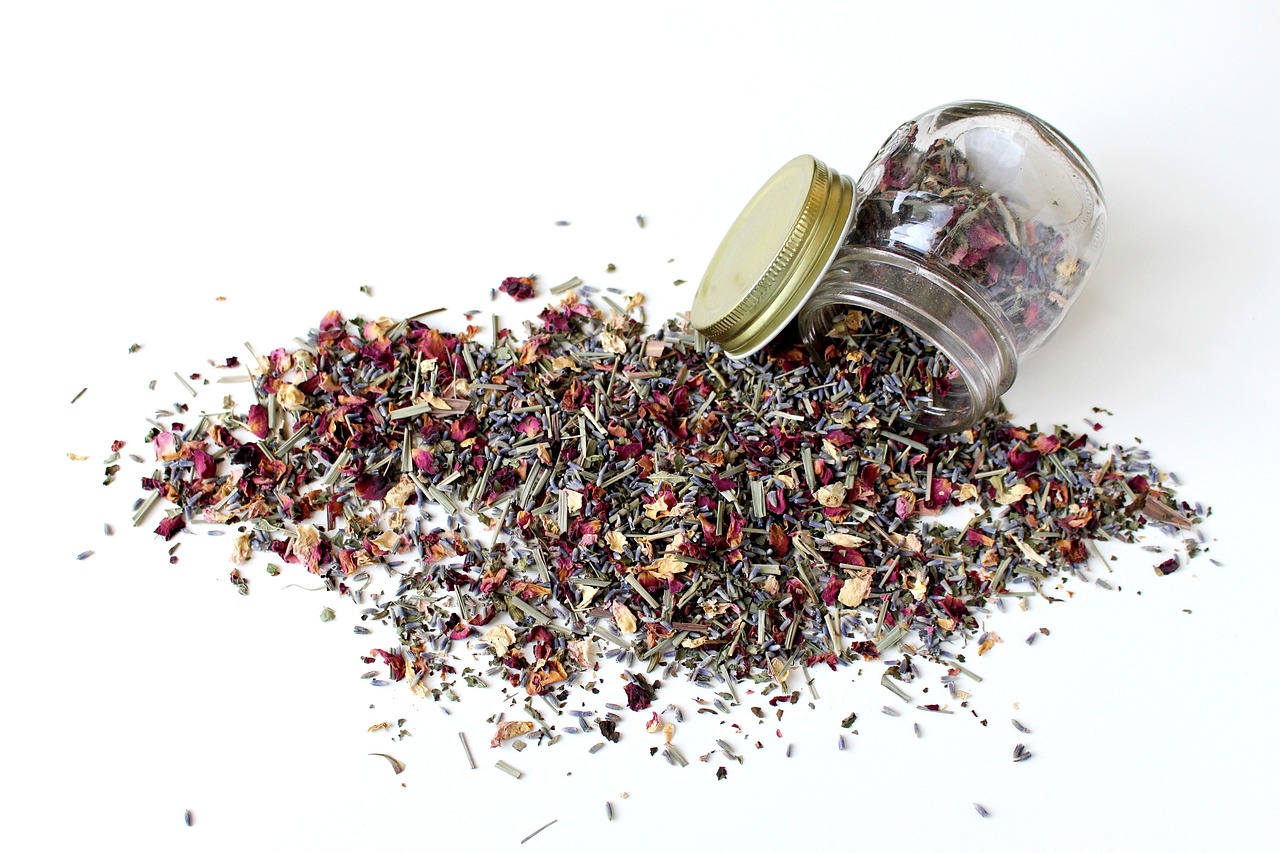
Harvesting and Using Herbs
Harvesting your herbs at the right time is crucial for achieving the best flavor and potency. Imagine biting into a fresh basil leaf; the burst of flavor is something you want to replicate every time you use your herbs. The key to maximizing their taste lies in understanding when and how to harvest them. Generally, the best time to pick herbs is in the morning after the dew has dried but before the sun becomes too hot. This timing helps retain the essential oils that give herbs their unique aromas and flavors.
When it comes to harvesting, it's important to use clean, sharp scissors or pruning shears. This prevents damage to the plant and reduces the risk of disease. Start by snipping off the top one-third of the plant, as this encourages bushier growth and prevents the herbs from becoming leggy. For herbs like mint and parsley, you can cut individual leaves as needed, ensuring that you leave enough foliage for the plant to continue thriving.
After harvesting, you may wonder how to best utilize your fresh herbs. The possibilities are truly endless! Here are some creative ideas for incorporating fresh herbs into your culinary adventures:
- Garnishes: Fresh herbs make beautiful and flavorful garnishes for soups, salads, and main dishes.
- Herb-infused oils: Create your own herb-infused oils by combining fresh herbs with olive oil. This adds a delightful flavor to dressings and marinades.
- Herbal teas: Many herbs like mint and lemon balm can be steeped in hot water to create refreshing herbal teas.
- Homemade pesto: Blend basil, garlic, nuts, and olive oil to whip up a quick and delicious pesto.
Storing your herbs properly is just as important as harvesting them. If you have an abundance of herbs, consider drying or freezing them for later use. To dry herbs, hang them upside down in a cool, dark place until the leaves are crispy. Alternatively, you can chop the herbs and place them in ice cube trays filled with water or olive oil, then freeze them for a convenient addition to your dishes.
Incorporating herbs into your meals not only enhances the flavors but also boosts the nutritional value of your dishes. Fresh herbs are packed with vitamins, minerals, and antioxidants, making them a healthy addition to any meal. So, whether you're whipping up a simple pasta dish or preparing a gourmet feast, don't forget to reach for those fresh herbs from your spiral garden!
Q: How often should I harvest my herbs?
A: You can harvest your herbs regularly, but be sure to leave enough foliage for the plant to continue growing. A good rule of thumb is to harvest no more than one-third of the plant at a time.
Q: Can I use dried herbs instead of fresh herbs?
A: Yes, you can use dried herbs, but keep in mind that they are more concentrated in flavor. Generally, use one-third the amount of dried herbs compared to fresh.
Q: How can I tell if my herbs are ready to be harvested?
A: Herbs are typically ready to be harvested when they are well-established and have plenty of leaves. Look for vibrant color and a strong aroma as signs of readiness.
Q: What is the best way to store fresh herbs?
A: Fresh herbs can be stored in the refrigerator wrapped in a damp paper towel and placed in a plastic bag. Alternatively, you can place them in a jar with water, like a bouquet, and cover them loosely with a plastic bag.
Frequently Asked Questions
- What is a herb spiral garden?
A herb spiral garden is a vertical garden design that maximizes space while creating various microclimates. This unique structure allows you to grow a diverse range of herbs in a compact area, making it perfect for small spaces or urban gardening.
- Why should I consider building a herb spiral?
Building a herb spiral offers numerous benefits! It not only optimizes space but also enhances plant growth by utilizing different moisture and sunlight levels. Plus, it adds a stunning visual element to your garden, making it both functional and beautiful.
- How do I choose the right location for my herb spiral?
Choosing the right spot is crucial! Look for an area that receives plenty of sunlight (at least 6 hours a day), has good drainage, and is easily accessible for maintenance. Avoid areas with standing water or heavy shade to ensure your herbs thrive.
- What materials do I need to build a herb spiral?
To construct your herb spiral, you'll need some essential materials. Gather stones or bricks for the structure, quality soil for planting, and a selection of herbs that you want to grow. Having everything ready will make the building process smoother!
- Can you explain the steps to build a herb spiral?
Absolutely! Start by marking out the spiral shape on the ground. Then, build the walls using your chosen materials, ensuring they are stable. Fill the spiral with soil, and finally, plant your herbs according to their sunlight and moisture needs. It’s like building a cake, layer by layer!
- What herbs are best suited for a herb spiral?
When selecting herbs, consider their growth requirements and compatibility. Popular choices include basil, thyme, rosemary, and mint. Mixing herbs with different needs can create a vibrant and productive garden!
- How do I maintain my herb spiral garden?
Maintenance is key to a thriving herb spiral! Water your herbs regularly, prune them to encourage growth, and keep an eye out for pests. A little care goes a long way in ensuring your herbs remain healthy and productive.
- When is the best time to harvest my herbs?
The best time to harvest herbs is when they are at their peak flavor, usually just before they flower. Use sharp scissors to snip off the leaves, and remember to leave some behind for continued growth. It’s like giving your plants a haircut!
- How can I use my fresh herbs in cooking?
Fresh herbs can elevate your cooking to a whole new level! Use them in salads, soups, marinades, or as garnishes. Experiment with different combinations to find your favorite flavors. They’re like the secret ingredient that brings your dishes to life!



















